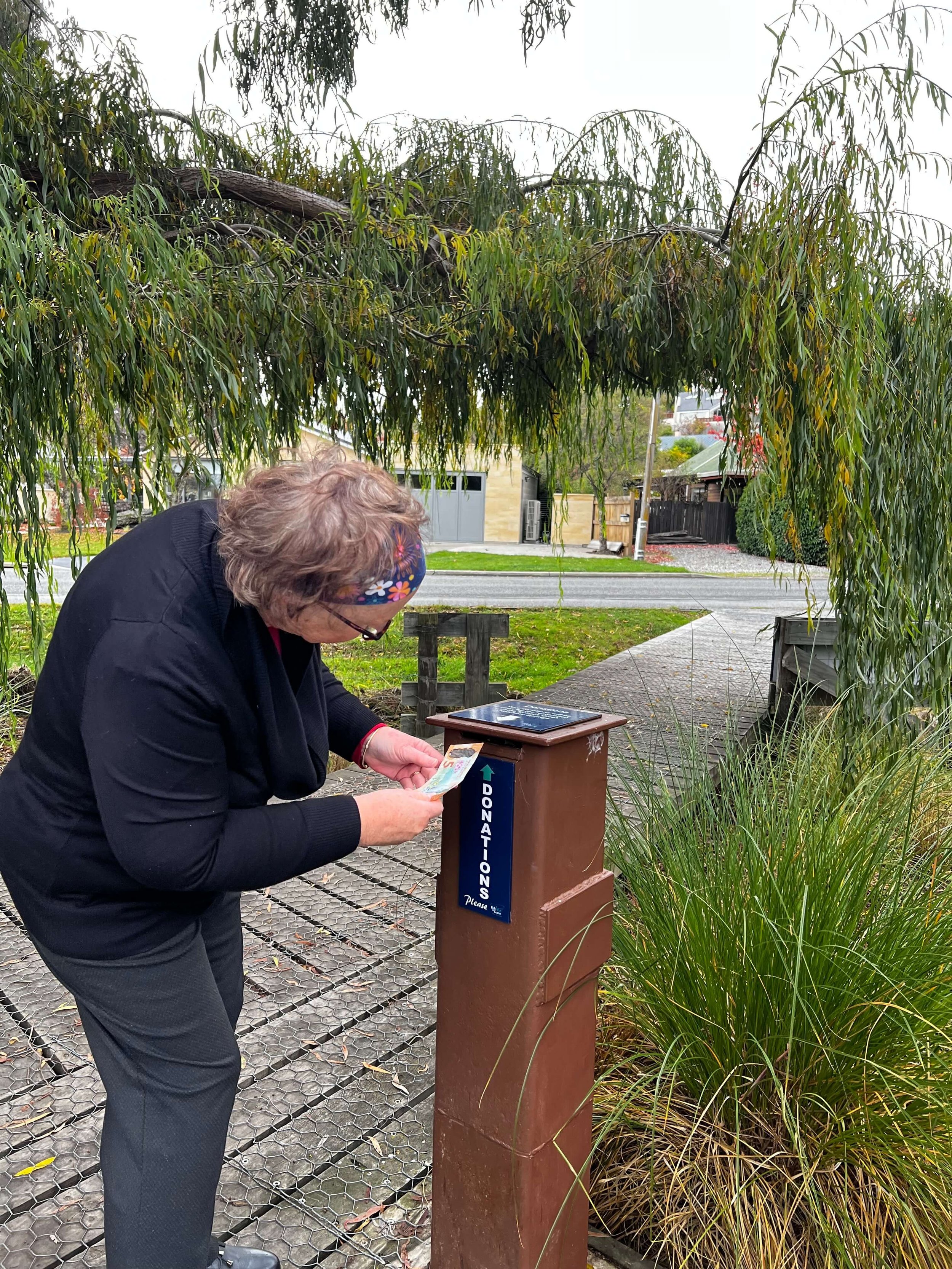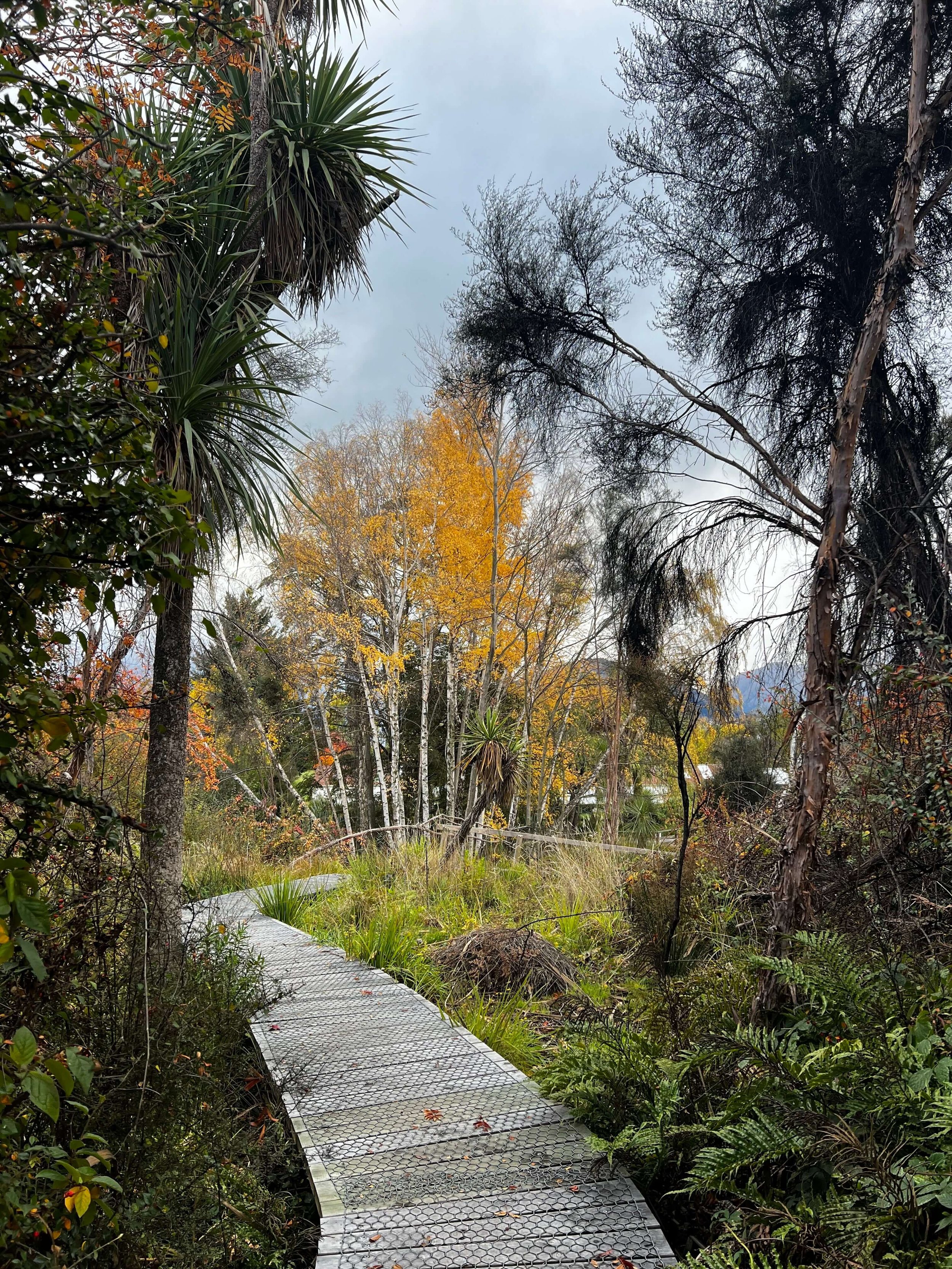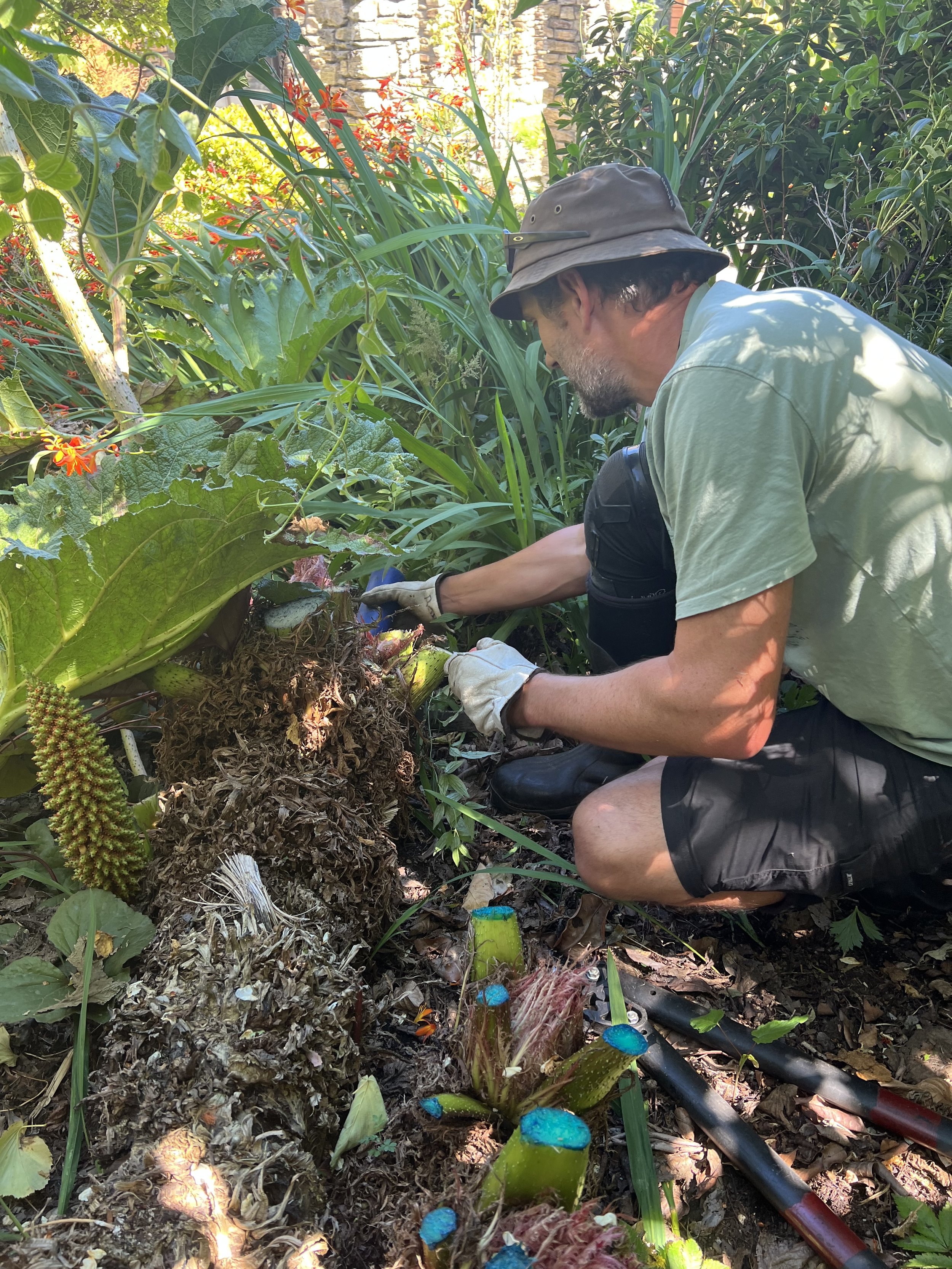The remaining land circled in light green is where the originally proposed SW pipe would cross once out of the Wetlands site. For QLDC to install this SW pipe, F&G needs to give QLDC an easement across the site. Under general property law, a person seeking an easement over another person’s property is required to pay some form of compensation to the person whose land is subject to the new easement. F&G have advised FOBC that there is some form of agreement in place between themselves and QLDC but it is the subject of a non-disclosure agreement.
If F&G wish to sell the remaining land (marked green) at some time in the future, they will be required to subdivide the Hatchery section from the Wetlands with the consent of QLDC.
FOBC’s Memorandum of Understanding with F&G.
In 2022, FOBC signed an MOU with F&G to ensure the ongoing mutual support of the restoration efforts at the Wetlands. FOBC also understood that F&G game supported FOBC’s stance that no polluted stormwater from the Alpha Series subdivision should be allowed to enter Bullock Creek and negotiated this MOU on the basis that the solution for the SW flooding problem would be resolved with the installation of a SW pipe. Clause 6 of the MOU specifically provides:-
“A proposed Stormwater Pipeline (installed by QLDC via an easement) may be installed through the Bullock Creek Wetland area during the term of this agreement. FOBC will co-operate with F&G as far as possible during the installation to ensure that the project proceeds without disruption, and that damage to the wetland area and plantings in (sic) minimised.
For the sake of transparency, the grassed area to the north of Bullock Creek is proposed for subdivision within the term of this MOU. This may require the removal of shed (including those owned by FOBC) and may interrupt access to the site from time to time. F&G will keep FOBC up to date with any such impediments to access.”
What are FOBC’s concerns about the QLDC/F&G earthworks?
In a nutshell, the Trustees of FOBC have the following concerns:-
Polluted stormwater run off from the Alpha Series retention pond will continue to enter Bullock Creek for an undefined period of time. There is nothing in the QLDC application that refers to the earthworks being part of a larger proposal for fixing the stormwater problem.
There is an unknown detrimental affect on the existing FOBC boardwalk by way of allowing a flow path beneath it.
Unknown restriction or cessation of vehicle access necessary for FOBC site maintenance work and access by the FOBC Bee Keeper for hive support.
Inundation of the site preventing the existing public amenity of the NW corner of the site. Note: there have been 21 recorded flooding incidents since 2016.
Until the planting out of the earthworks reaches maturity, there is an increased risk of further pollution of Bullock Creek with sediment despite the mitigation measures outlined in the QLDC Application.
F&G cannot confirm that the earthworks are part of a bigger project to prevent SW entering Bullock Creek because they are have a non-disclosure agreement with QLDC
F&G will not be conducting any independent review of the QLDC’s earthwork proposal to ensure that the works will indeed achieve the intended results. FOBC remains unclear how the QLDC/F&G earthworks will assist to reduce SW pollution of Bullock Creek as an interim solution and when or if there will be a “final solution” with the installation of a SW pipe?
FOBC does not know how many trees will be removed, what the revegetation plan will look like and who will be responsible for planting maintaining this area of the Wetlands. All the work that FOBC currently carries out at the Wetlands is supported by dedicated local volunteers, Corrections NZ workers and supported by local funding organisations. F&G provides only $2,000 per year in cash and support in kind through use of their Hatchery site and access to plant supplies and equipment.
fobc submission to orc requesting notification and to be considered an affected party.
Accordingly FOBC has made a submission to ORC who are responsible for reviewing the QLDC application. Essentially FOBC is asking that the ORC reject QLDC’s request for their application to be non-notified and that FOBC be considered an affected party for the purposes of the consent application.
Click here for a copy of our email submission to the ORC planner.
As you may have seen from the Wanaka Sun article, many of the immediate neighbours of the Wetlands and Bullock Creek have also written to the ORC expressing their concerns about efficacy of the proposed earthworks.
The ORC was due to make a decision on 13 February, but has since put this application on hold pending a request to QLDC for further information.
why i should be concerned?
If you are a landowner or resident immediately adjacent Bullock Creek or the Wetlands on Stone Street you are affected by the QLDC Application when-
stormwater pollution means you can no longer swim in Bullock Creek or Lake Wanaka,
the water in Bullock Creek no longer runs clear due to sediment from stormwater runoff,
you no longer see trout, eels, kōaro and birdlife in the Creek,
trout no longer longer spawn in the Creek over winter due to the gravel beds being covered in silt,
your property value decreases because you have a polluted stream running through your property,
your insurance premiums increase or you no longer can get insurance as the QLDC has changed the flood zoning near Bullock Creek to take into account the increased SW flow from the Alpha Series development in to Bullock Creek. Refer to QLDC new Flood Hazard mapping 2022.
If you are a resident or land owner in Wanaka, you will be affected when you can no longer -
If you are an investor in business or property in Wanaka your financial investment will be affected -
If you are the owner of a marina berth or mooring in Roys Bay your financial investment will be affected -
If you are a keen fisherman you will be affected when trout no longer spawn in Bullock Creek due to the silting of the stream gravel beds and the pollution of Bullock Creek and waters of Lake Wanaka result in a decline of trout stocks.
if i am concerned….. what can i do?
Contact ORC
Please take a moment to contact the ORC Planner currently considering the QLDC Application outlining how you are affected and why you believe the application should be publicly notified.
Alexa Harrington +64 274215737 | Alexa.Harrington@orc.govt.nz
ORC Resource Management Application RM25.020 filed by QLDC on 16 January 2025
Help FOBC Trustees?
We need more expertise!
Do you have any particular expertise in stormwater management? Earthwork design and / or management? Water quality expertise? Environmental Protection or Planning experience? Are you willing to donate your time to advise the FOBC Trustees and assist us to more fully understand the Earthworks proposal and its implications for our restoration work at the Wetlands and the long term water quality of Bullock Creek.
The resources available to our small Board of Trustees are limited and any offer of additional expertise will be gratefully received! We promise you won’t have to become a Trustee or attend boring meetings!!
If you can assist, please contact Roger Gardiner 021 117 7220 or Andy Oxley 021 107 5520.




























